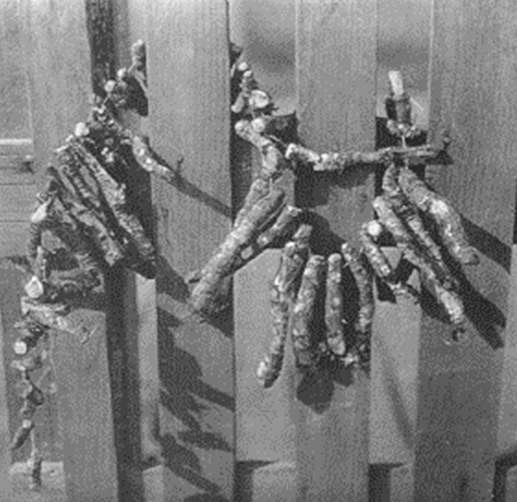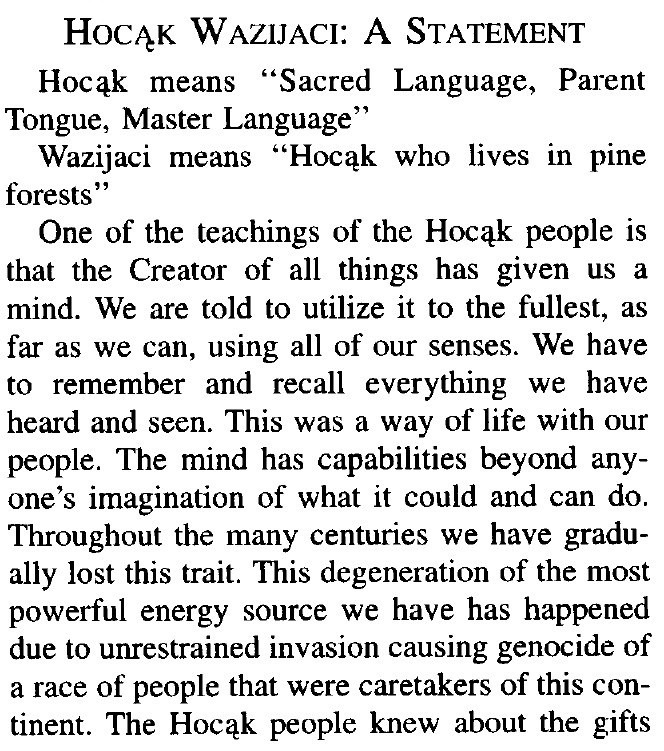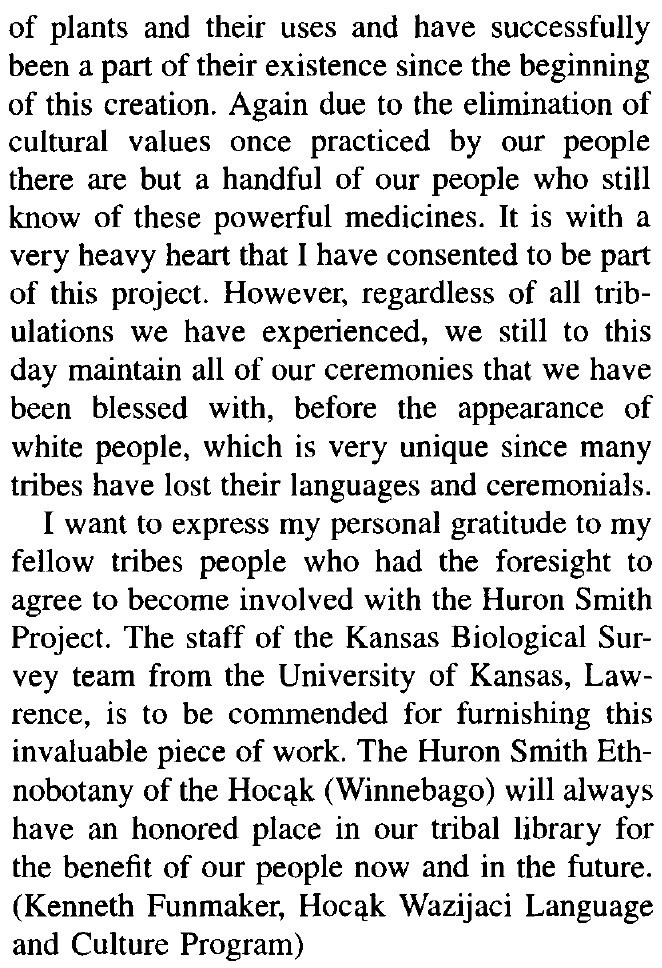We had the opportunity to work on a Ho-Chunk Ethnobotany project that was based on the work of botanist Huron Smith, who studied and wrote about the tribes of Wisconsin while employed at the Milwaukee Public Museum. He completed some limited fieldwork with the Ho-Chunk (also known as the Winnebago) in 1928, but he died before he finished the work. We were able to finish the work in 1998 by studying both his notes and plant specimen that he had collected

In collaboration with the Culture and Language Program of the Ho-Chunk Nation we were able to publish Huron Smith’s work in: Huron Smith’s Ethnobotany of the Ho-Chunk (Winnebago). It documents the use of 153 species, of which 117 were medicinal plants.

We are most grateful for our work with the tribe. The powerful Position Statement, below, was written as part of the our publication.


